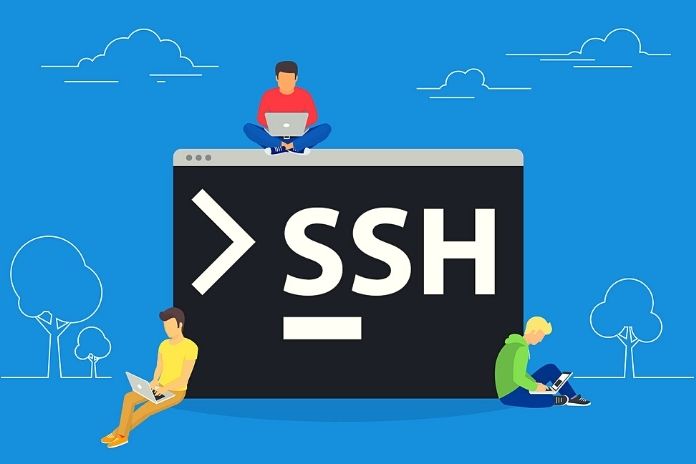With SSH laying out a protected association with an organization device is conceivable. With an SSH key, you guarantee fundamental security. SSH, the short type of “Secure Shell,” is a commonsense matter: Using the terminal – or in Windows frameworks utilizing the little device PuTTY – you can advantageously remotely deal with another PC through SSH using the order line. This is generally useful when Unix-based frameworks -for example, a media community PC, an artistry PC, a server or web server, or a NAS – are involved.
Because of SSH, the frameworks needn’t bother with a UI, an associated console, and mouse, or a screen: SSH guarantees distant terminal control, helpfully from a PC or PC. For everything to fall into place without a hitch and safely, an SSH key ought to be set up for what is known as open key validation: This comprises a critical pair as a public and a private key and guarantees a protected login.
Creating An SSH Key Under Linux And macOS: Here’s How
The alleged terminal is significant to make an SSH key under Unix frameworks, such as Linux or macOS. This is the order line inside the graphical UI of the framework. Assuming you use Linux without a connection point, you can likewise utilize the particular shell – there is no distinction here.
1st Step
Open a terminal window. In most Linux interfaces, you can track this in the ” Start menu ” or the menu bar. You can think it is in the/Applications/Utilities/envelope on macOS.
2nd Step
On Linux, you might, in any case, have to introduce OpenSSH in more puristic disseminations, macOS, and most standard appropriations. As of now have the SSH critical age ready. To start with, enter the ssh-keygen – t RSA – b 4096 order. This makes a key given the RSA cryptosystem with a length of 4096 pieces. This implies that the key can barely be broken utilizing savage power.
3rd Step
The PC currently asks which document the key ought to be put away. It is ideal to indicate another record that is named. The default in macOS is generally the strong winds up in the standard form, which is confounding, mainly since the “.ssh” organizer is covered up. Affirm with the Enter key.
4th Step
You can now likewise appoint a passphrase for significantly greater security. However, this isn’t fundamental. If you desire to utilize a passphrase for the key, you can enter it and afterward need to affirm it. If not, you can avoid this choice with the Enter key. Now we make a critical pair without an extra passphrase.
Step 5
That is all there is: The key pair has been made and is in the document determined in sync 3. You can later open this with a content manager (in Terminal vi, any proofreader, like CotEditor ) under macOS to view and utilize the critical team.
How To Create An SSH Key On Windows
1st Step
Making an SSH key is likewise not an issue under Windows. In any case, first, you need to introduce the free device PuTTY. You can then begin making the key.
2nd Step
Try not to open PuTTY, but instead introduce PuTTYgen. By composing “PuTTYgen” in the Cortana or Windows search, you can track down this.
3rd Step
Presently set the essential boundaries in the PuTTYgen interface. The accompanying limits are expected to make a key: RSA and a piece length of 4096. From that point onward, click on ” Generate. “
4th Step
Clay currently makes the key. For the irregular number generator, drift over the region beneath the bar until age is finished.
Step 5
The SSH key is presently made and is shown. Likewise, you can make a passphrase for the key in the “Key passphrase” field. However, we won’t do this in our model.
6th Step
Click ” Save Public Key ” to save the public key. Then click on ” Save Private Key ” to hold the private key. Place the pair in an envelope and make a point to utilize significant document names. You have now produced the critical couple and can then use them.
What To Do With The SSH Keys?
When the key matches have been made, nothing holds up traffic of their utilization. Since it was made on the “control PC,” i.e., the PC or PC, the public key actually must be duplicated to the server. First, you need to sign in to the server and store the public key afterward. The necessary order in the terminal is: ssh-copy-id -i ~/path/to/public key file user@server. The ways and clients must be adjusted to your circumstances. You can then utilize : ssh -i ~/path/to/privatekeyfile user@server.
Login to the server. The private key is then checked against the public key on the server. A secret word is not generally needed in the set setting since the private and public keys match. The order line might whine that the key isn’t accessible. For this situation, you want to move the confidential key document to the secret client .ssh subfolder on your “control framework.”
Also Read: How To Make A Presentation With PowerPoint

